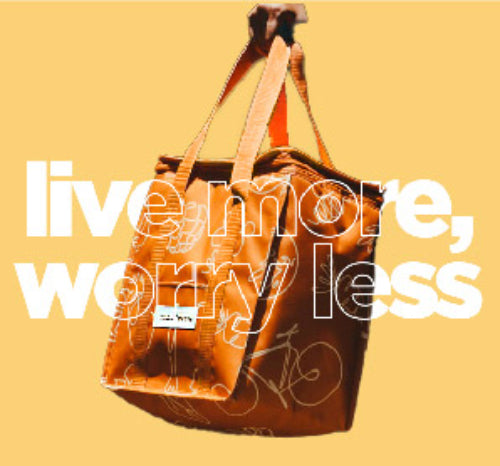more than food
How to Lose a Diet in 10 Days
“What’s a diet?”
There are over 150,000 words in the English language; it’s estimated that half of them are nouns. With that many nouns, you might think that we could have unique and specific words for every person, place or thing that exists – and wouldn’t life be a little bit easier to understand if that were true! One of the most frustrating examples is the word “diet:” here’s what the dictionary tells us:

Diet: /ˈdīət/
NOUN
-
The kinds of food that a person habitually eats
“a vegetarian diet” -
A special course of food to which one restricts
oneself, either to lose weight or for medical reasons
“I’m going on a diet”
As a dietitian/nutritionist, I see my job as trying to help people find the diet that works for them (long term mentality), while at the same time discouraging them from “going on” a diet (short term mentality that leads to yo-yo weight fluctuations, frustration, and negative feelings about food). I use the phrase “food pattern” as much as possible, but sometimes that four-letter “d” word slips out…with all of its shameful connotations attached!
When it comes to describing food patterns, there’s an even trickier concept at play: most labels don’t really tell you what a person eats, just what they don’t eat. Think about it: vegetarians don’t eat meat, paleo followers exclude grains and dairy, and vegans abstain from all animal products. Are these food patterns necessarily nutritious? Of course not! What a person actually does eat makes all the difference, so let’s talk about that.
“Which diet is healthiest?”

It’s a question I hear often, and it’s the wrong one to ask. For the purposes of talking about definition #1 – habitual food intake – I don’t believe there is one “best diet” for everyone. I do believe that there is a best diet for anyone, however, and that all of them at the core are based on two key principles.
1. Nutrient density (i.e., how many vitamins and minerals per calorie foods that are consumed daily contain)
2. Portion (i.e., the right amount of food for a particular person, which also includes the concepts of meal timing and intuitive eating)
Nutrient Density
Whatever food pattern you subscribe to, chances are that at its foundation is produce: vegetables and fruits in quantities higher than most people are eating regularly. That’s because as far as nutrient per calorie ratios go, theirs is the highest. With a single serving of fresh produce (about the size of your fist), you’re likely getting dozens of micronutrients for less than 50 calories. While there’s no standardized equation for determining nutrient density, a few have popped up as contenders: the ANDI score by the CDC (described here by Whole Foods), the NuVal score by leading scientists, and the Naturally Nutrient Rich (NNR) score, by a leading food scientist. But if you don’t want to consult a list every time you eat, rest assured: foods that are the least processed are almost always more nutritious!
Portion…and proportion

Ah, portion control. “Moderation.” Finding a “balance.” Almost makes you want to scream, doesn’t it? Well stay with me here: when you eat nutrient dense foods, eating the right portions is MUCH easier. Foods that are naturally high in micronutrients are also high in either fiber, protein, and/or fat – all incredibly satiating factors that trigger internal cues to slow down and eventually stop eating. If you make sure that at least half your meals and snacks (by volume) are produce, and that there’s a rich source of protein present, you’ll feel satisfied sooner and for longer. Are you a larger person or more active person? Your body will need more proportionally than the small, inactive type, and your intake may even differ from day to day based on what you’re doing. Drinking water is key here too – one way your body interprets fullness is by the physical stretch of your stomach when you fill it up, so finish off every eating occasion with a tall glass!
Don’t go for 100%
Really. Follow the above advice around 80% of the time, get active, and enjoy your life and food. Find the things you love (this may mean going outside your comfort zone!) and the foods that make you feel good (this means you should experiment with different eating patterns!), and incorporate small changes a couple at a time. When you have an indulgent meal (or day, or weekend…or week), return to the practices you know will make you feel the best. Savor, enjoy, and eat your veggies!
Sarah Waybright MS, RDis the owner and founder of WhyFoodWorks and the team dietitian for Vegetable and Butcher. WhyFoodWorks does nutrition education through food in Washington, DC in corporate seminars. Vegetable and Butcher is a subscription-based service that delivers chef designed, dietitian approved, thoughtful prepared meals to health-conscious people in Washington, DC. You can find Sarah on Twitter, Facebook, Pinterest or Instagram to get food tips and nutrition - and of course, healthy recipes.










